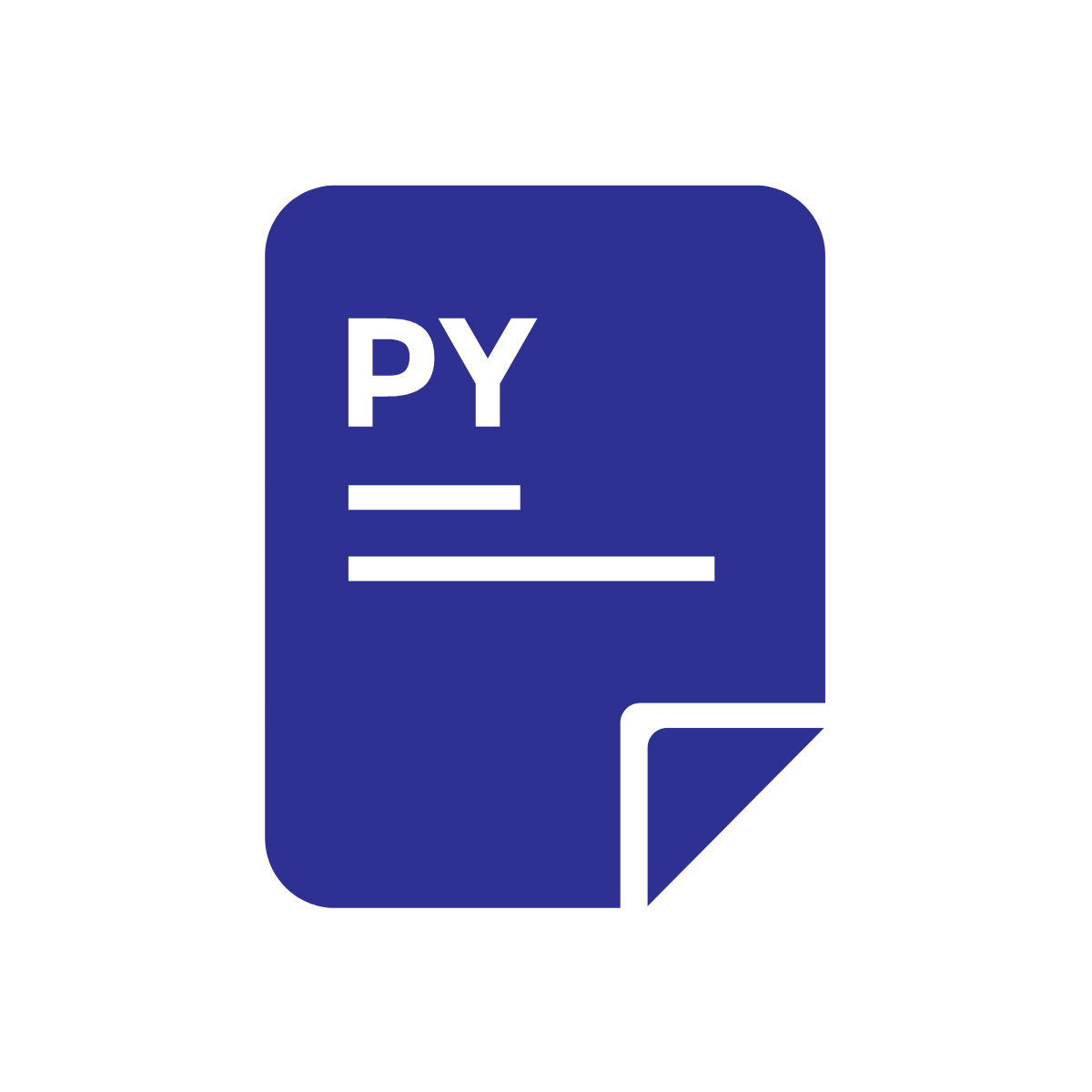Back to Courses









Mobile And Web Development Courses - Page 10
Showing results 91-100 of 456

Web of Data
This MOOC – a joint initiative between EIT Digital, Université de Nice Sophia-Antipolis / Université Côte d'Azur, and INRIA - introduces the Linked Data standards and principles that provide the foundation of the Semantic web. You will learn how to publish, obtain and use structured data directly from the Web. Learning the principles, languages, and standards to exchange data on the Web will enable you to design and produce new applications, products, and services that leverage the volume and variety of data the Web holds.
We divided this course into four parts that cover the core technical skills and competencies you need to master to be able to use the Web as a space for giant structure data exchange:
• in the first part, “Principals of a Web of Linked Data”: you will learn and practice the principles to publish and obtain data directly on the Web instead of Web pages;
• in the second part, “The RDF Data Model”: you will learn the standard data model for the Web and its syntaxes to publish and link data on the Web in your applications and services;
• in the third part, “SPARQL Query Language”: you will learn how to directly query and access data sources on the Web and obtain structured data relevant to your activity and domain;
• in the fourth and final part, “Integration of other Data Formats and Sources”: you will learn how the Web standards interact and interoperate with other data formats to allow the integration of a variety of data sources.
Each week alternates short videos and quizzes, as well as supplementary resources and forums to gradually progress through the different principles and standards.
After following this course successfully, you will have the skills to obtain focused and structured datasets from the Web that you can then use to augment your own datasets, enrich their dimensions, feed your applications, perform data mining, machine learning, and training, data analysis, AI processing and reasoning and other data management.

A Simple Picture Storing App with Java and Android Studio
By the end of this project, we are going to learn to create a simple picture storing Andriod application using java and Android studio. We are going to learn how to capture pictures in android and how to store them in local storage. We will also learn how to read the image files from the storage. The prerequisite of this course is to be familiar with working with the Android studio environment and have basic knowledge of Android programming in java. this project is for those who are looking for a simple practice to elevate their knowledge of Android programming.

Working with Data
Start building applications (apps) that connect to data sources. Learn how client-server communications work and practice reaching out to external data sources with requests for data. You’ll apply techniques for working with APIs by building simple apps that use data.

Working with Data in iOS
In this course, you’ll move outside of the platform and begin working with integrations like web frameworks, tools and asynchronous programming techniques.
By the end of this course, you’ll be able to:
-Demonstrate a working knowledge of how Swift applications communicate over the web
-Apply asynchronous programming techniques using Swift
-Utilize a variety of methods to take advantage of the Core Data package in a Swift application
-Add connections from an app to other languages to provide access to custom built web APIs and database management systems through both the Django REST framework and Swift
You’ll gain experience with the following tools and software:
-Swift database features and tools
-Web communication technologies such as HTTP
-SQL CRUD operations
-Programming languages like JSON, Python and Django
-Database web developer tools such as CloudKit, RxSwift and Swift libraries
-Core data
-Fetching

Principles of UI/UX Design (Mobile)
Learn the fundamentals of User Experience (UX) research and design. You’ll learn how UX insights relate to design decisions and how accessibility affects users. You will get a brief tour in modern User Interface (UI) design, learn the basics of Figma and understand the importance of micro interactions.
By utilizing the UI design process, you will be able to create Minimum Viable Product (MVP) style prototypes from your mockups. Finally, you will be introduced to some methods of data design and the roles of templates and Content Management Systems (CMS).

Introduction to Structured Query Language (SQL)
In this course, you'll walk through installation steps for installing a text editor, installing MAMP or XAMPP (or equivalent) and creating a MySql Database. You'll learn about single table queries and the basic syntax of the SQL language, as well as database design with multiple tables, foreign keys, and the JOIN operation. Lastly, you'll learn to model many-to-many relationships like those needed to represent users, roles, and courses.

IoT Cloud
This course is the last course in our series of four courses and builds on the previous three courses: IoT Devices, IoT Communications, and IoT Networking. After we have built and programmed a small self-driving vehicle, we then set out to enhance its connectivity and add important security infrastructure. In this course we will now look closer into various remaining types of decentralized network topography. In the lab, we will additionally cover important cloud technologies based on machine-learning. In the first two weeks' lectures, we will cover important components of networks. Metaphorically speaking, when you learn how the human body works, you start by understanding the "organs", the stomach, the liver, and so on. Likewise, we can best understand networks by understanding the individual components that make them up and their function. In this lecture series we will study "devices" such as routers, switches, firewalls, load balancers, and many more. We will learn about how they individually operate, how they are configured, and how they work together to achieve various network-wide properties and goals.

Build a Node Server backend with Express
By the end of this project, you will Build a Node Server backend with Express that will fetch data from a MongoDB database.
Often, a dynamic web application is connected to a database on the server side. Node.js serves as the web server used to access the database. Express is a framework for Node.js and acts as middleware to connect the backend Node server to the Client-facing web application. The Client facing web application can then make API (Application Programming Interface) calls to Express to gather data for the dynamic web application.
Note: This course works best for learners who are based in the North America region. We’re currently working on providing the same experience in other regions.

Introduction to Python Scripting for DevOps
This course is the first course in a series that aims to prepare you for a role working as a programmer. In this course, you will be introduced to the five main concepts in procedural programming: user input, console output, variable declaration and assignment, decision branching and iteration. Labs will allow you to apply the material in the lectures in simple computer programs designed to re-enforce the material in the lesson.

Use React with Express to build a Web Application
By the end of this project, you will use React with Express to build a Web Application that consumes JSON data from an existing Express API.
Often, a dynamic web application consists of many different technologies and programming languages. Creating a web application with NodeJS, Express, and React allows the developer to use JavaScript throughout the stack with a focus on the logic rather than the language.
Note: This course works best for learners who are based in the North America region. We’re currently working on providing the same experience in other regions.
Popular Internships and Jobs by Categories
Find Jobs & Internships
Browse
© 2024 BoostGrad | All rights reserved